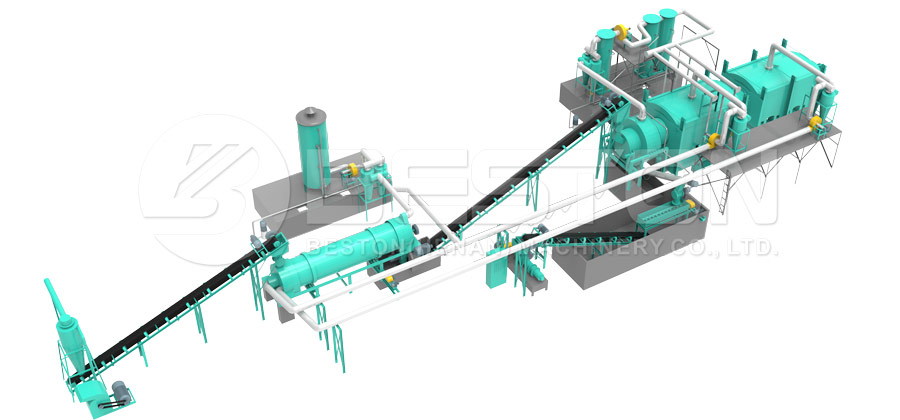If you’ve never really thought about sludge, maybe you’re somewhat in the dark about the little details of it. Sludge typically comes from various industrial processes, water treatment plants, sanitation systems that are typically onsite and even during the treatment of wastewater. Our article features some knowledge on how the sludge treatment plant work and what you may need to know in order to determine the size of one.
Simply put, treatment plants tend to produce a non-polluting clean effluent. And the end product of this particular process can be discharged safely into the environment such as in streams or even stored for disposal into soil. Other forms of processing tend to readily create effluents that are more than likely polluting and harmful. In other words, these tend to need additional treatment.

In addition, if you’re dealing with a sludge plant that treats sewage, your plant will typically contain a series of components which require a constant supply of electricity in order to operate and do its job. In this case, if you had a sceptic tank, you wouldn’t need to use a power supply at all. And due to the difference in design, your sludge plant will typically contain three zones or rather an additional zone when compared to the classic sceptic tank. In essence, any wastewater that is scheduled to leave your system will be much cleaner than that of a sceptic tank; however, we still don’t recommend that you drink or even set foot into it. Click here to know more: https://bestonpyrolysisplant.com/.
In the case of biosolids, your potential plant should be large enough to deal with the maximum treatable amount that you’ve planned to take on. So, before you go out and purchase any old plant, be sure to do additional checks with your potential manufacturer in order to figure out the proper size for your mission. And you’ll even need to consider if you’re planning to expand in the future in order to properly size your sludge treatment plant to deal with your daily volume of discharge.
So, when it comes to purchasing, we can’t stress enough on these tips. Be sure to look at the design of your potential equipment. When examining a plant, be sure to keep an eye out for seals since they typically rot over time and will need to be replaced. So, ensure that your equipment is set up in such a way that it becomes easily accessed in time for maintenance.
As we conclude, we have just looked at the most important details of how to choose a sludge treatment plant. And we’ve also stressed on some of the key factors that determine how successful your endeavour turns out. So, keep an extra eye on detail! See the blog: http://icholsy.emyspot.com.